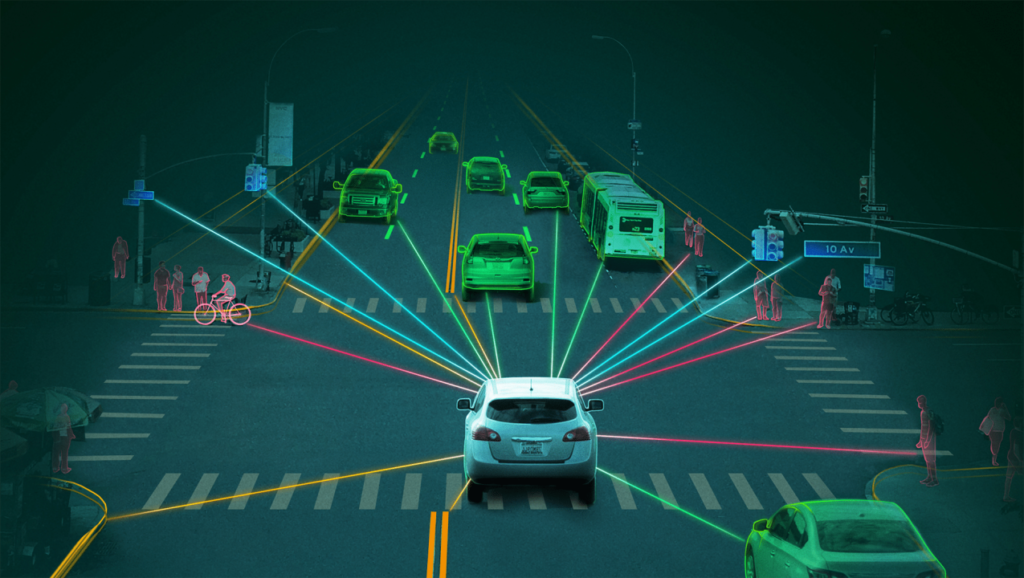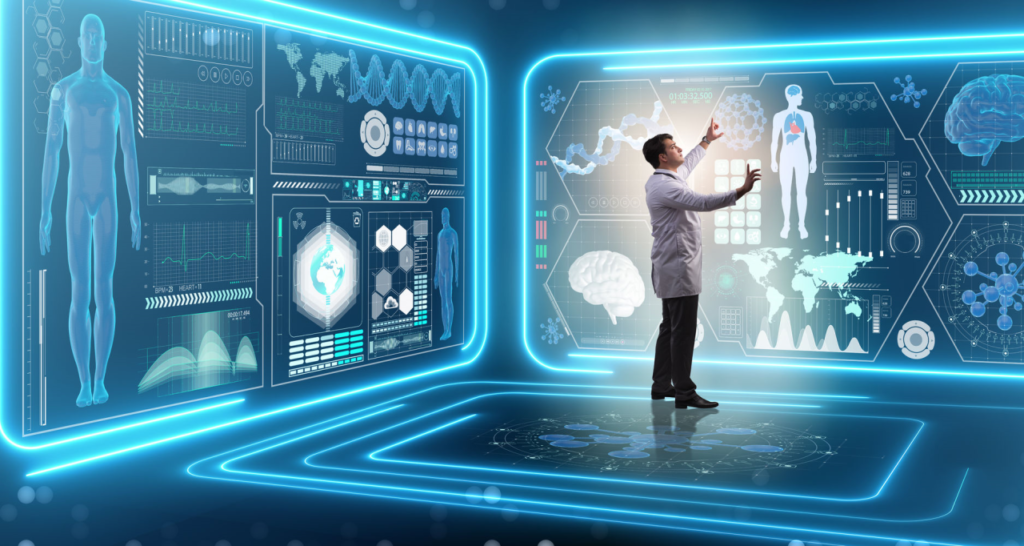
Scientists are using artificial intelligence to examine the expanse of space for possible signals or patterns suggestive of sentient life, marking the beginning of a new era in the search for extraterrestrial intelligence (SETI). One of the most important concerns facing humanity is whether or not we are alone in the universe. This junction of cutting-edge technology and the long-standing search for cosmic companionship has the potential to completely transform how we approach this topic. A major obstacle in SETI research has been the enormous amount of data gathered from radio telescopes and other astronomical devices. It has taken a lot of time and effort for traditional methods to sort through this data and find intricate patterns that could point to purposeful communication. Here’s where AI becomes a game-changer.
-AI is being used in rovers and spacecraft to enable autonomous decision-making. With the ability to travel through difficult settings, react to unforeseen challenges, and carry out activities without constant human interaction, these intelligent systems make it possible to explore distant planets more effectively and adaptably. Artificial intelligence driven systems are essential in the field of space robots. These devices perform complex tasks with accuracy, whether they are on the surface of the moon or deep into space. Robotics powered by AI can do tasks like building structures and fixing satellites, expanding the frontiers of human discovery.
Natural Language Processing for Communication: Natural Language Processing (NLP) in AI improves communication between Earth and spacecraft. With the use of this technology, interactions can be more natural and efficient, which facilitates smooth cooperation between mission control and astronauts and streamlines communication procedures.
Exoplanet Discovery:AI’s contribution to the detection of exoplanets is amazing. Our knowledge of the cosmic neighborhood is being expanded by machine learning algorithms that examine light patterns from far-off stars, spotting minute changes that might point to the existence of new planets in distant solar systems.
Predictive Analysis for Space Weather: AI algorithms are used to examine space weather data, providing forecasts for solar flares and geomagnetic storms. Better planning for future threats to satellites, spacecraft, and terrestrial infrastructure is made possible by this foresight.

Artificial intelligence and space travel are developing simultaneously, and this combination of intelligences has the potential to provide previously impossible cosmic insights. AI is an outstanding example of innovation that is guiding humanity into a new era of cosmic exploration, whether it is delving into the depths of space autonomously or discovering the mysteries of far-off galaxies. The combination of AI creativity and human curiosity portends a time when space exploration will be done more accurately, efficiently, and intelligently, and will be a significant breakthrough in our quest to fully fathom the size of the cosmos.
Sources:
https://root-nation.com/ua/news-ua/it-news-ua/ua-5-sposobiv-ai-space/
https://www.aiacceleratorinstitute.com/ai-in-space-exploration/







